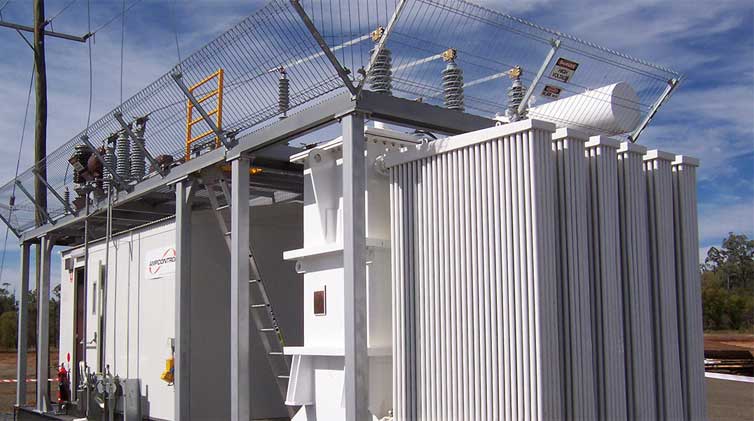Detailed Explanation of the Selection Points of Oil Type Power Transformer
Oil type power transformer is one of the important equipment in power supply and distribution systems for industrial and mining enterprises and civil buildings. It reduces the 10 (6) kV or 35 kV network voltage to the 230/400 V bus voltage used by the user. Users consider a variety of issues when choosing an oil type power transformer. The following is a detailed introduction to the selection of oil type power transformer. I hope I can help you.
2) When the seasonal load capacity is large, a special transformer should be installed. Such as air conditioning refrigerator load in large civil buildings, electric heating load for heating, etc.
3) When the concentrated load is large, special transformers should be installed, such as large-scale heating equipment, large-scale X-ray machines, and electric arc furnaces.
4) When the lighting load is large or the power and lighting use the shared transformer seriously affects the lighting quality and the life of the lamp, a special transformer for lighting can be provided. In general, power and lighting share a transformer.
2) In GB/T17468-1998 "Guidelines for Power Transformer Selection", the recommended capacity of distribution transformers should be selected according to GB/T15164-94 "Guidelines for Oil-immersed Power Transformers" or GB/T17211-1998 "Dry" Power Transformer Load Guidelines" and calculation load to determine its capacity. The above two guidelines provide a computer program and a normal cycle load map to determine the distribution transformer capacity.
YueBian is one of China's oil type power transformer suppliers. Welcome to buy our products.
Load nature
1) When there are a large number of primary or secondary loads, two or more transformers should be installed. When any one of the transformers is disconnected, the capacity of the remaining transformers can meet the power consumption of the primary and secondary loads. The first and second loads should be as concentrated as possible and should not be too scattered.2) When the seasonal load capacity is large, a special transformer should be installed. Such as air conditioning refrigerator load in large civil buildings, electric heating load for heating, etc.
3) When the concentrated load is large, special transformers should be installed, such as large-scale heating equipment, large-scale X-ray machines, and electric arc furnaces.
4) When the lighting load is large or the power and lighting use the shared transformer seriously affects the lighting quality and the life of the lamp, a special transformer for lighting can be provided. In general, power and lighting share a transformer.
Use environment
Under normal medium conditions, oil-immersed transformers or dry-type transformers, such as industrial and mining enterprises, agricultural independent or auxiliary substations, and district independent substations, may be used. The available transformers are S8, S9, S10, SC(B)9, SC(B)10 and so on.Folding electrical load
1) The capacity of the distribution transformer should be integrated with the facility capacity of various electrical equipment to determine the calculation load (generally not including the fire load). The apparent capacity after compensation is the basis for selecting the capacity and number of transformers. Generally, the load factor of the transformer is about 85%. This method is simpler and can be used for estimating capacity.2) In GB/T17468-1998 "Guidelines for Power Transformer Selection", the recommended capacity of distribution transformers should be selected according to GB/T15164-94 "Guidelines for Oil-immersed Power Transformers" or GB/T17211-1998 "Dry" Power Transformer Load Guidelines" and calculation load to determine its capacity. The above two guidelines provide a computer program and a normal cycle load map to determine the distribution transformer capacity.
YueBian is one of China's oil type power transformer suppliers. Welcome to buy our products.
Jump to Content Sections
Leave a Message
You May Also Like
 English
English  français
français  Español
Español  русский
русский  العربية
العربية  tiếng việt
tiếng việt  Malay
Malay  Indonesia
Indonesia  বাঙালি
বাঙালি 


